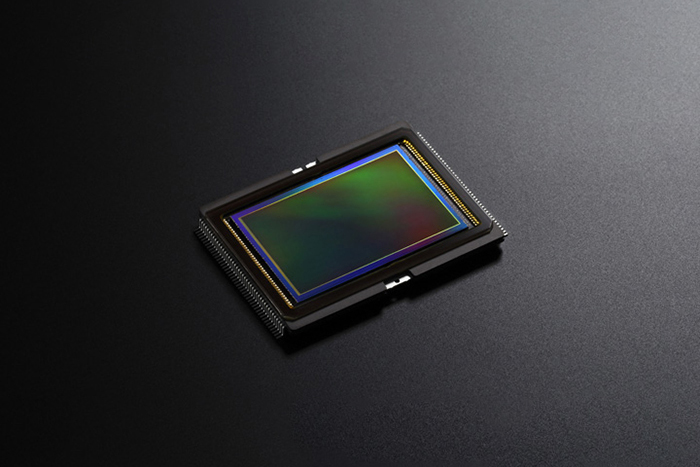
Traditionally, these filters have been placed in front of the lens via screw-on and drop-in setups, but there have been attempts to add polarizers directly inside the camera to reduce the need for fragile external components. The technology has yet to go mainstream though, due to complicated designs, limited capabilities, and cost efficiency. Soon though, that might not be the case.
Sony has announced that it is working on a new backside-illuminated CMOS sensor with an integrated polarizing filter. Instead of placing a glass polarizing filter in front of your lens, Sony’s prototype sensor uses a metal grid atop the sensor’s photodiodes that acts as a polarizer to selectively reduce unwanted glare and reflections in an image.
To achieve this, Sony angles the metal grid into four distinct polarization directions: 0, 45, 90, and 135 degrees. Such a setup allows each of the polarizers to be used selectively and block out only certain light, a vital component since this leaves more creative control in the hands of the photographer holding the camera.
In the example images shared by Sony, seen above, we can see the prototype sensor was able to capture objects inside a glass box both with and without reflections, all in-body and without the need to fiddle with a circular polarizing filter.
The sensor is also capable of capturing photos with minimal “ghosting,” a phenomenon that occurs when the polarizer acts as a mirror and reflects its own image onto the sensor. To do this, Sony uses an anti-reflection layer above the gridded polarizers.
By using this new design, Sony should be able to develop smaller, more affordable polarization sensors that could some day make it into consumer cameras. According to data that Sony presented, this method of polarizing proved to be more effective and efficient than what is offered by previously developed polarization cameras.






